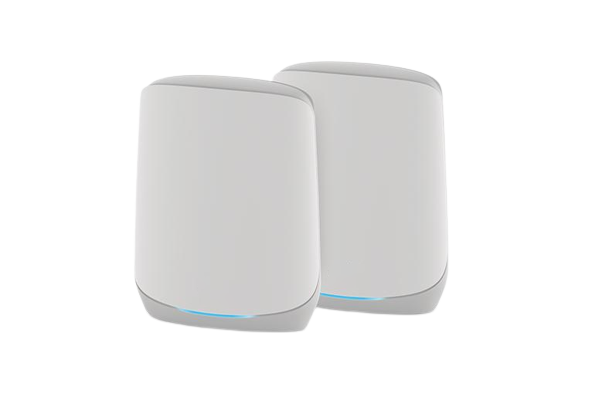Frequently Asked Questions (FAQs)
1. How do I install my router?
Start by connecting your router to the modem with the help of an ethernet cable. Insert the ethernet cable into the WAN port of the router. Connect the other end of the ethernet cable to the back of the modem. Make sure the modem is turned on. Now connect the router to any wall outlet and turn it on. Most WIFI systems nowadays have their own smartphone app for configuration. Contact your ISP provider and download the app to configure your router. If there is no app for the configuration of your router you can still do it by using a website URL that opens the router’s internal configuration page. To find this URL, connect your computer to any of the router’s LAN ports via Ethernet cable and enter 192.168.1.1 or a similar address (as given in the router manual) into your browser search bar. Now set up your username and password and you are ready to go.
2. For what reason is my WIFI extender not associating?
There might be one or multiple reasons behind your WIFI extender not associating, Below are some common reasons:
- Your internet connection might not be working properly.
- The extender could be outside the range of the router.
- WIFI extender might not be set up properly.
- Extender might not be connected to the power outlet properly.
- Router is unable to allocate a proper IP address to the Extender.
- Extender firmware could be outdated.
- Extender might be kept in the corner though it’s inside the router’s range.
- Orange LED light on the extender isn’t visible.
- You might be trying to connect two or more incompatible Extenders simultaneously.
3. How do I reset my WIFI extender?
Different WIFI extenders have different methods of resetting. Here is how you can reset your Netgear WIFI extender. Plug in the extender. If the LED does not light, press the ON/OFF button once or twice. Now wait a few minutes till the LEDs on your extender stabilize. Now find the extender’s Reset or Factory Reset button. It is generally present on the extender’s side or bottom panel behind a small hole. Use a straightened paper clip or a similar object to press and hold the Reset button. until the power LED starts blinking. It can take a few seconds. Now wait till the LEDs on the extender are stabilized. Your extender is now reset.

4. How to change the router admin password?
Below are the steps to change your router admin password:
- Find the device model number of your router. It is often present on device packages or at the bottom surface of the router.
- Now check the default IP address of your router. According to the router model and manufacturer, the IP address can be either 192.168.0.1 or 192.168.1.1
- Now find the default username and password of your router. Sometimes, it is given inside the router manual or at the bottom of the router.
- Now open any web browser and enter your router’s IP address and press enter.
- Then sign in using the default username and password or the new one if you had changed it earlier.
- Now according to your router, go to the admin/settings panel of your router and change the password.
5. How do I perform a factory reset on my router?
Below are the steps to perform a factory reset on your router:
- Make sure that your router’s power light is on.
- Now find the Reset or Factory Reset button on your router.
- Take a straightened paper clip or a similar object to press the Reset or Factory Reset button.
- Press the button and hold it for 10-15 seconds.
- Now release the button and your router is reset.
When you log in next time, use the default username and password of the router.
6. Why is my router not working?
Your router might not be working due to any of the following reasons:
- Modem and router issues – there can be some problems with your modem or router. Try unplugging and reconnecting them to the power supply.
- Low internet speed or equipment – Perhaps your current internet plan doesn’t meet your internet requirements. Low internet speed might result in constant buffering, excessive lagging, or other connectivity issues. There might be a range barrier between you and the router which is causing internet issues. If so, consider installing WIFI extenders.
- Hacking or malware – There is a possibility that hackers would have gained access to your WIFI network or your router’s firmware is outdated and attacked by any malware.
- Bad weather – Heavy rain or violent thunderstorms may also infect your network connection.
ISP outages – The issue can be from your internet providers’ side. ISP outages are common. Contact your ISP provider and they will confirm if it’s an ISP outage.
